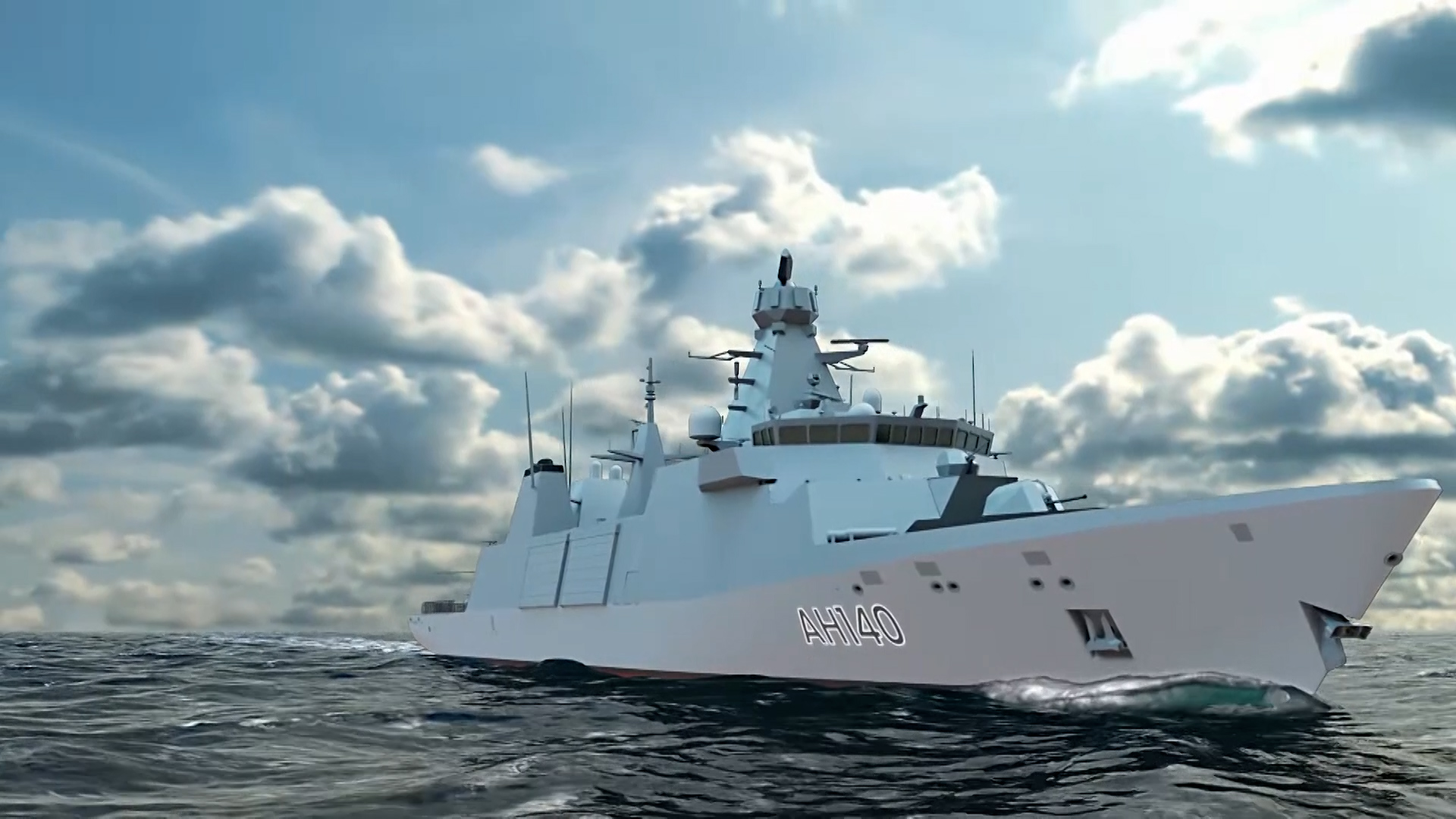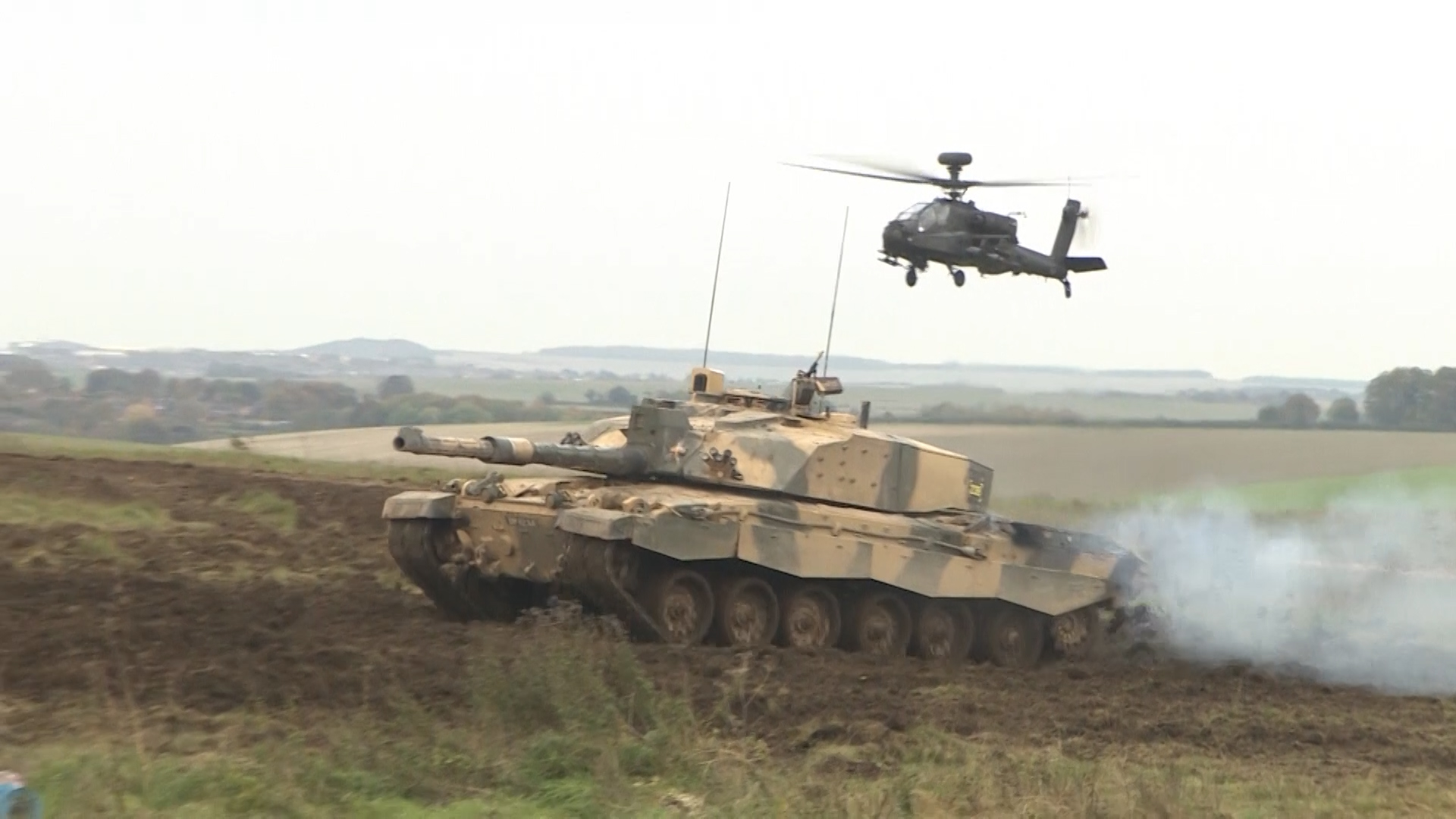Armed Forces know cyber is key to unlocking success on battlefield of the future
Ukraine has taught Western militaries many lessons - and one of the biggest is the huge and growing importance of cyber.
The Government has announced it is investing £1bn to expand Britain's military capabilities in this area.
This involves harnessing AI and new software to develop a digital targeting web, a system designed to speed up the flow of battlefield information and enable commanders to target any threats far more quickly.
Cyber expert Rob Black told BFBS Forces News: "I would imagine that there's a lot of sensors already out there and a lot of information already out there, and this web is about how we process it.
"So I'd imagine it's a combination of capabilities – a fusion of data sources, collecting that information at speed, at scale, without even needing to be a technical wizard.
"You can imagine the challenge of getting information from a ship sitting off the coast of Ukraine. There's processing information over the battlefield that is currently in Ukraine and Donetsk.
"For example, can that information be processed by a ship, sending it back to an operational headquarters, sharing it with a targeting team or an artillery team or whatever team it might be?
"You could just imagine how challenging that is to keep the consistency of the understanding of that information and keep that appreciation, that collective sense-making across all the different teams.
"So this is a challenge – and a critical operational challenge – for any military capability."

For several years, the Armed Forces' buzzword has been interoperability, and this new digital targeting web is an effort to make that happen.
A sensor on a ship might identify a threat. That information could then be passed at lightning speed to an F-35 fighter or a drone, which would then carry out an attack.
The British military recognises that it needs to get better at cyber warfare. The UK's adversaries, China and Russia in particular, are adept at it.
In just the past two years, the UK's military networks have faced 90,000 cyber attacks.

Mr Black added: "One of the lessons of Ukraine is how strong cyber defence needs to be, or should be, and how challenging it makes offensive cyber.
"And you really have to think about how you going to achieve offensive cyber and integrate it with military capabilities.
"We've not seen Russians stockpiling cyber capabilities ready to go out – those infamous zero days ready to go at some point in the future. We are three years into the war. They would have done that by now had they had those on the shelf.
"So I think we're seeing the practical realities of conducting an enduring military operation alongside cyber... create some challenges, particularly for the Russians, and I think that's evolved."

As well as this new battlefield system, the MOD is also establishing a new cyber and electromagnetic command.
It will sit under General Sir James Hockenhull's command and will work alongside the National Cyber Force.
Its key role will be to expand the British military's use of electromagnetic warfare, giving the Armed Forces a greater ability to degrade enemy command and control, jam signals to drones and missiles, and intercept communications.









